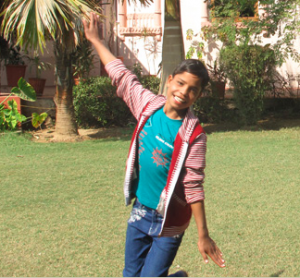In the past few months there has been a lot of coverage on the gang rape and subsequent death of an Indian student in New Delhi. The tragedy has shone a spotlight on the treatment of women in Indian society as well as on the caste system, as the victim (as were the majority of the perpetrators) were from the Dalit caste (“Untouchables”). There is a perception that lower caste women are “free game” for men from the higher castes. This case, however, does not follow this pattern and brings up the additional issue of the migration of rural inhabitants to cities and the social difficulties that often arise from that situation.
A recent story on the radio program The World discusses girls in rural India and how their role is undergoing significant changes. The story follows a young girl named Sarita in a rural, very conservative area, who is seen (with hair cut short) playing sports with boys after school. That would have been unacceptable not many years ago, as in fact would have been girls just attending school in that area. The majority of women in the school did not attend school and are illiterate. The girl’s family is unusual in that the two older sisters have been sent away to college. Sarita herself dreams of being financially independent. At the same time Sarita follows Indian traditions in a number of ways. She worries about her parents, when she and her sisters marry and, as is customary in India, go to live with her husband’s family. When it is suggested to Sarita that she could perhaps have her mother come and live with her future husband’s family, she rejects the idea out of hand: it wouldn’t be seemly. Like other women in India in a changing environment, Sarita will have to decide how important it is for her to keep to traditional ways of life or strike out in new directions.
A video on YouTube shows a typical day in Sarita’s life:
